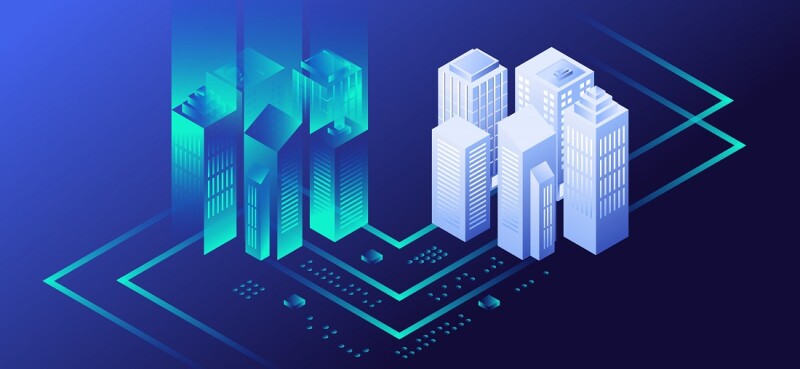Digital twins are digital models of physical objects, locations, and even living organisms. Experts in urban planning, healthcare, product development, and education use the models to accurately recreate and simulate how these physical objects operate in their natural environments.
Governments across the globe are pursuing the potential benefits of using digital twins by launching national or regional digital twin strategies, and some have already kickstarted their production process. The United States, however, has had a lackluster response to the emergence of this technology, currently lacking any comprehensive roadmap for adoption, which translates into a low adoption rate at the federal level. The federal government should prioritize using digital twins in upcoming infrastructure projects and work with state and local governments to incentivize them to create digital twins of their territories.
Digital twins differ from past conventional modeling technologies because the digital model links with internet-connected devices—such as sensors—to gather, process, and simulate data in real time. Users can quickly adjust parameters in the virtual model and relay the results to the physical object for testing. This capacity for quick tinkering and experimentation makes digital twins particularly effective in helping users identify the conditions that lead to the most efficient outcome in a safe and timely manner.
Governments use digital twins for many purposes, including to monitor vital infrastructure, conduct simulations, and streamline urban planning processes. By using digital twins to make data-driven decisions, governments can minimize the disruption of essential services. For example, a report by the UK’s National Infrastructure Commission estimates that using digital twins with smart meters could save the government up to £2.70 per every pound spent, as it would help optimize water networks and better support targeted maintenance and renewal efforts. The report also cites digital twins as a tool to better predict and pinpoint rail service disruptions, which cost the UK economy between £1.3 billion and £1.9 billion a year. Cities across the world are also using digital twins to better identify public safety hazards, map crime hotspots, and determine areas that need more government services.
Governments have started to develop digital twins of their territories and their vital infrastructure, such as power grids, roads, rail lines, or water infrastructure. For example, the United Kingdom launched the National Digital Twin Programme in 2018 to gather information on the potential uses of digital twins and obtain recommendations on how to scale the adoption of digital twins in the UK. The European Commission stated in its virtual world and Web 4.0. strategy that developing digital twins will be a crucial step in the transition to the spatial computing era. It also highlighted that the European Union is already investing in local digital twins, digital twins for the ocean, and its electricity grid. In the Middle East, the United Arab Emirates, Qatar, and Saudi Arabia are deploying digital twins to plan and monitor various major infrastructure projects. Singapore started developing a digital twin of the country as early as 2012 and announced its completion earlier this year, making it the first digital twin of a whole country.

